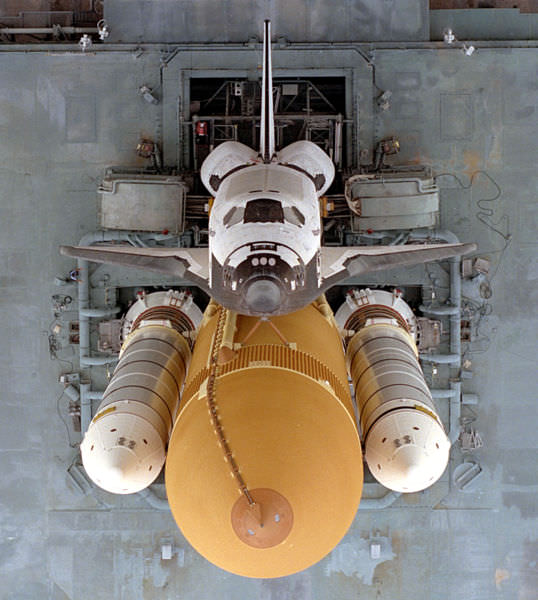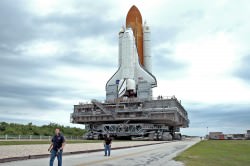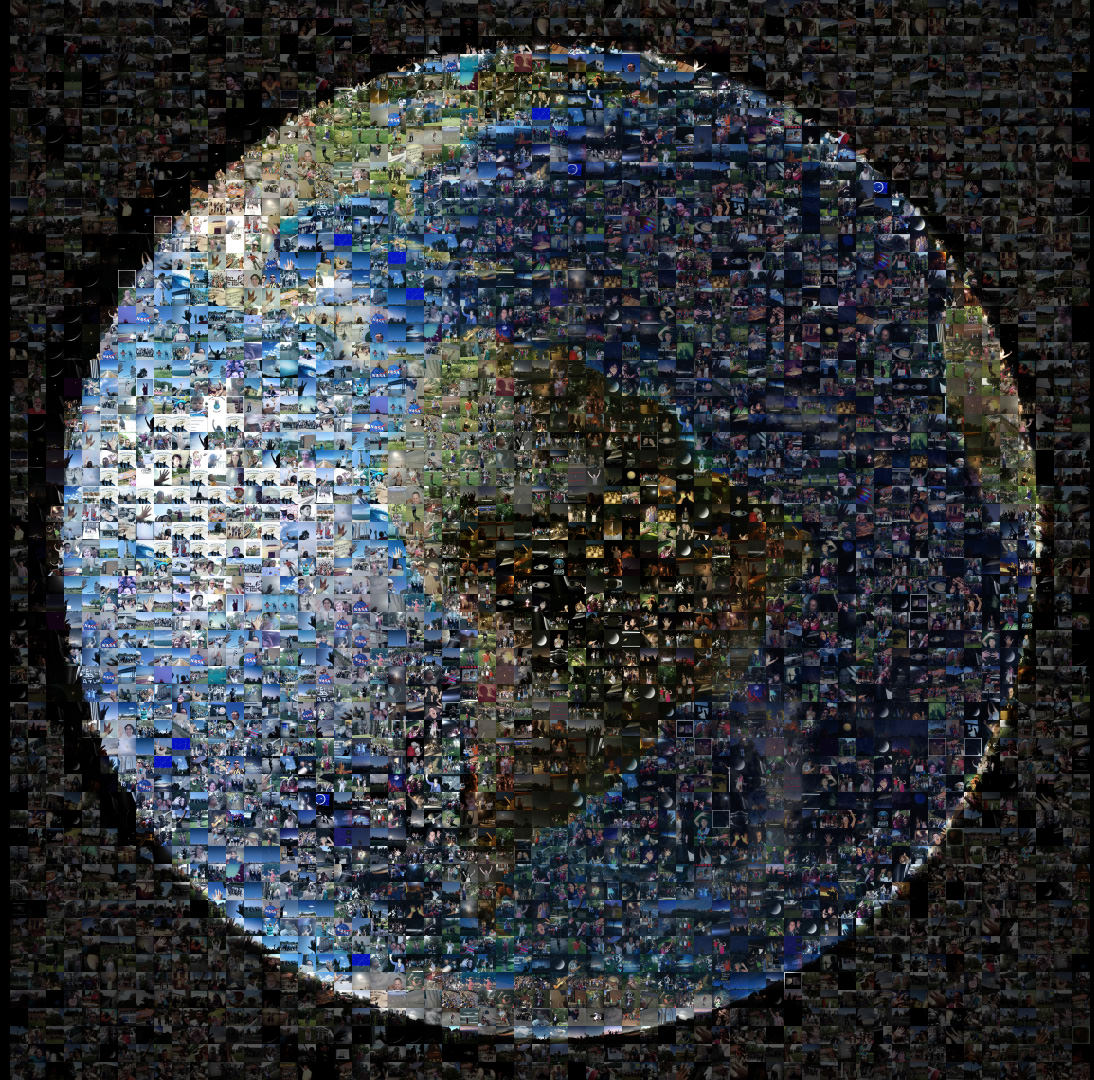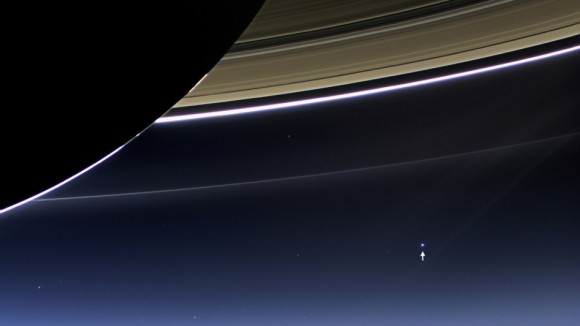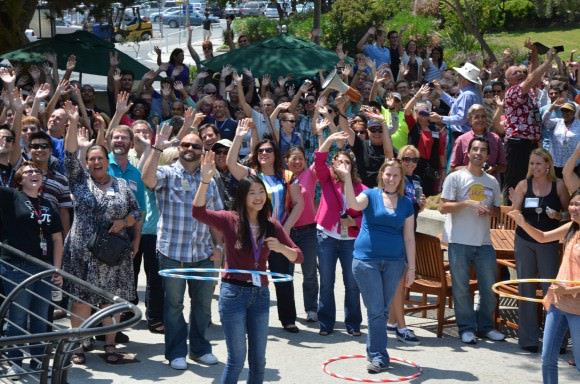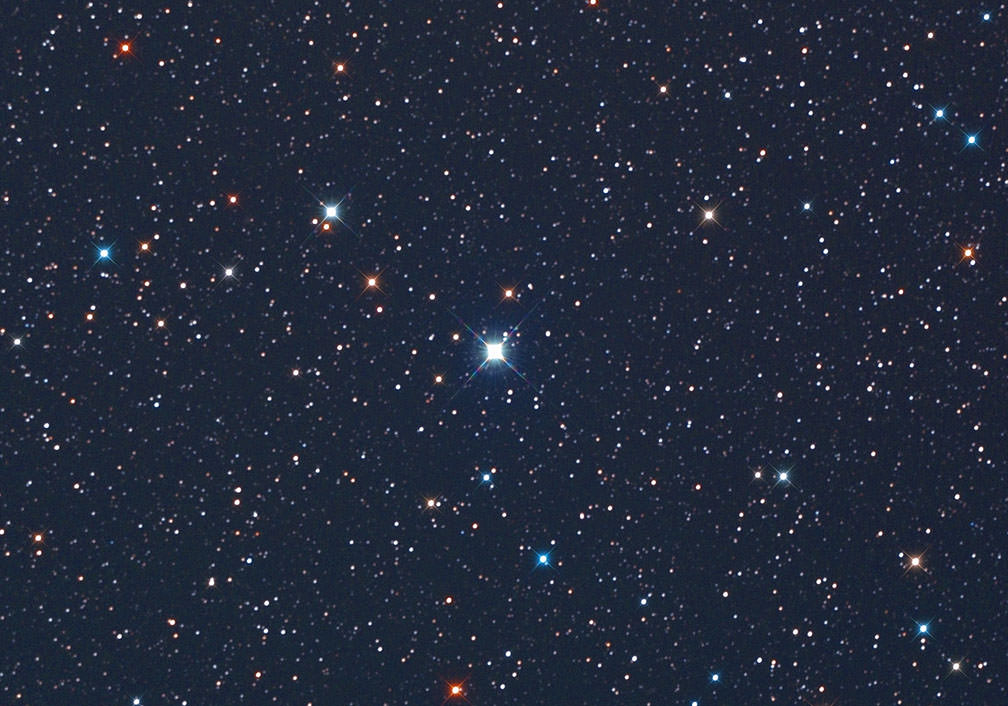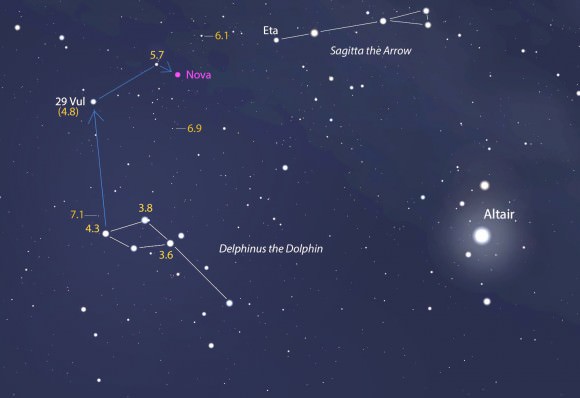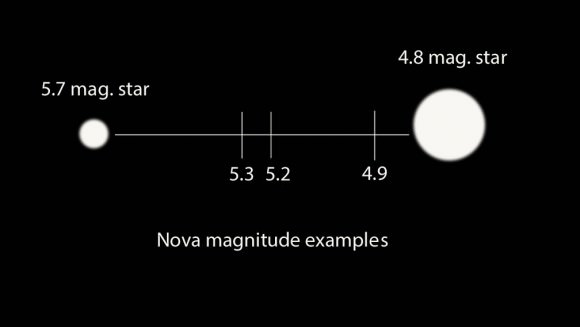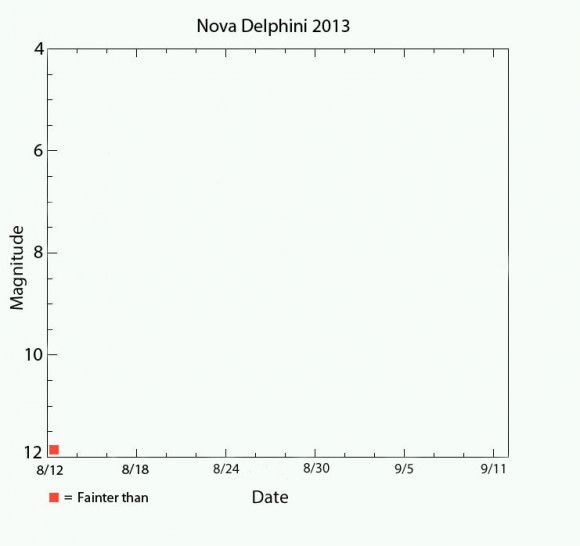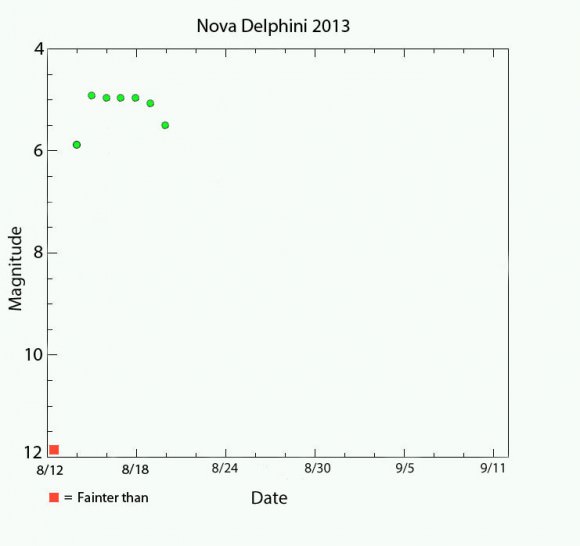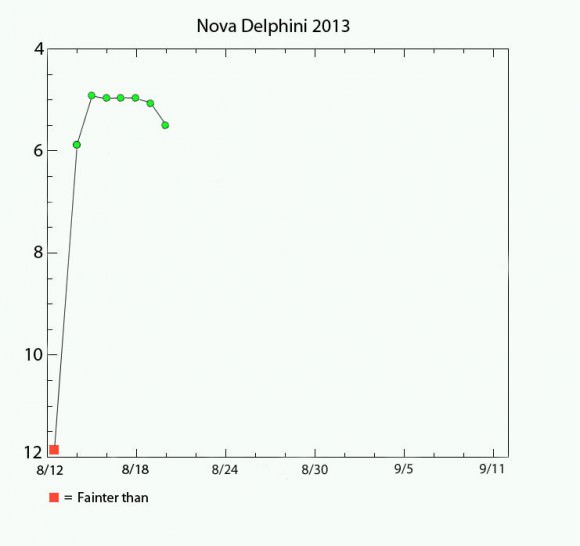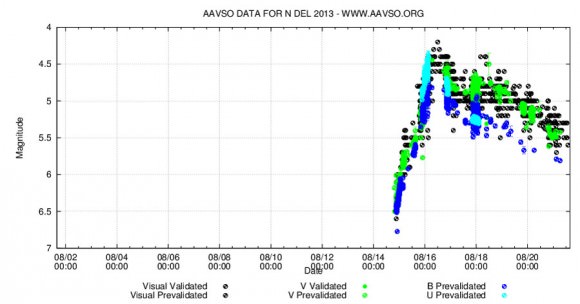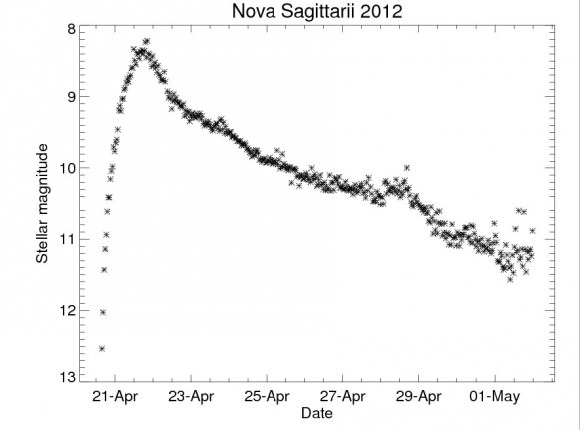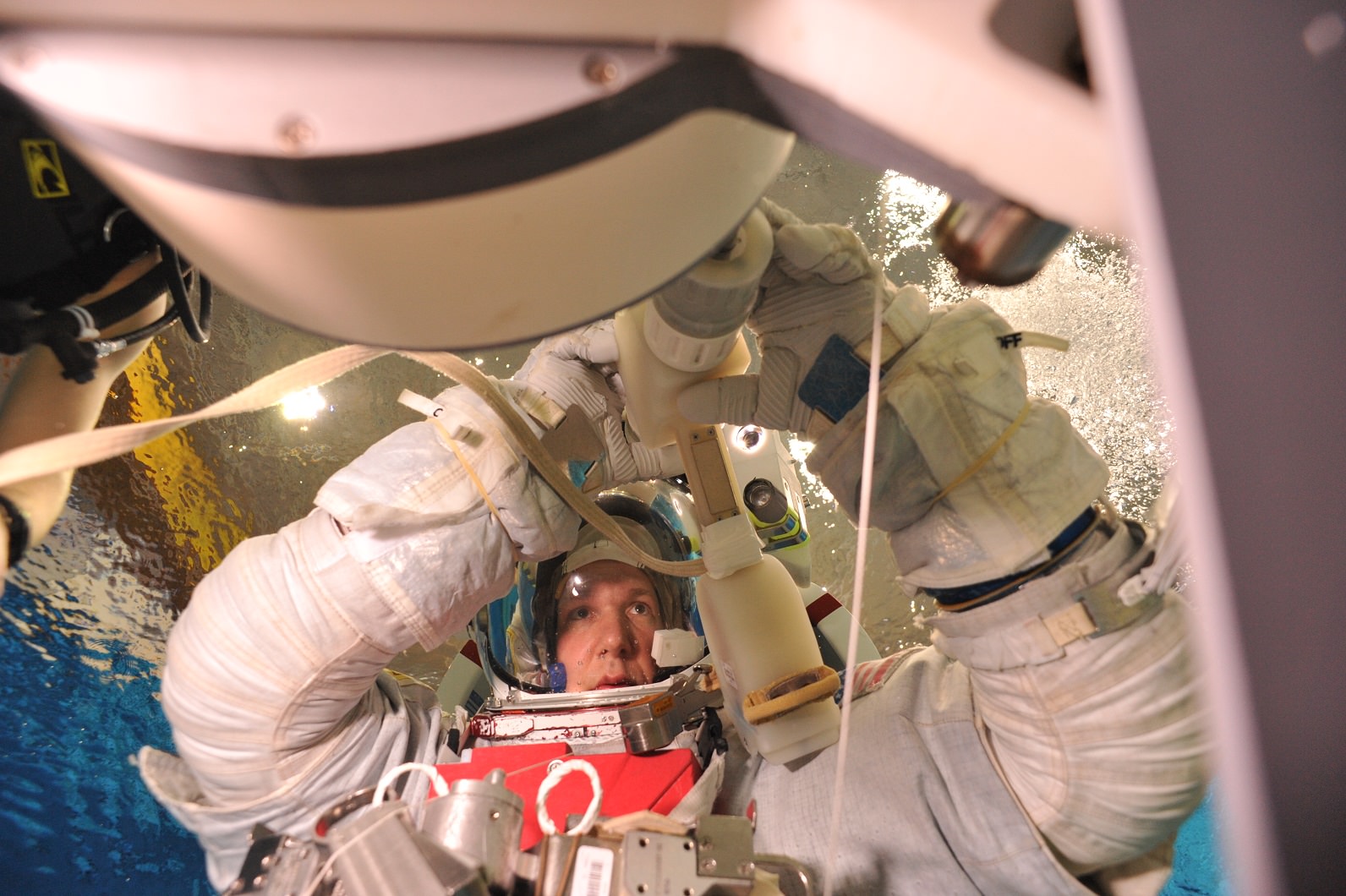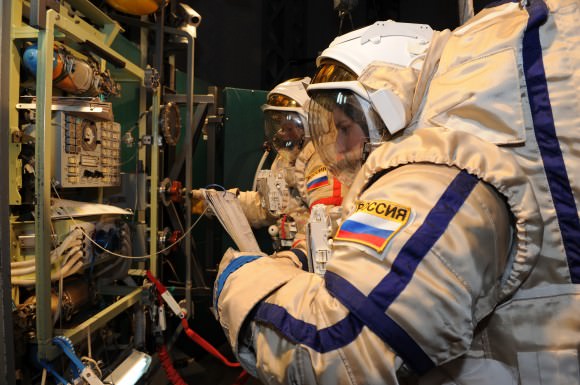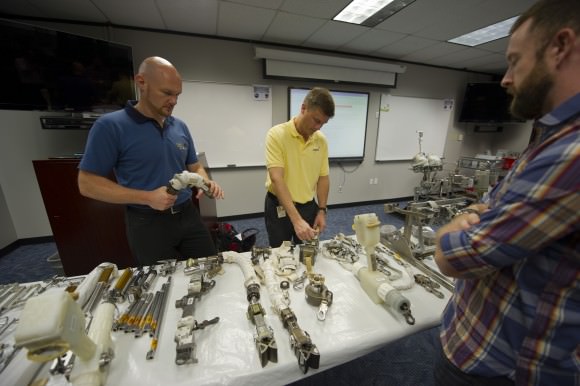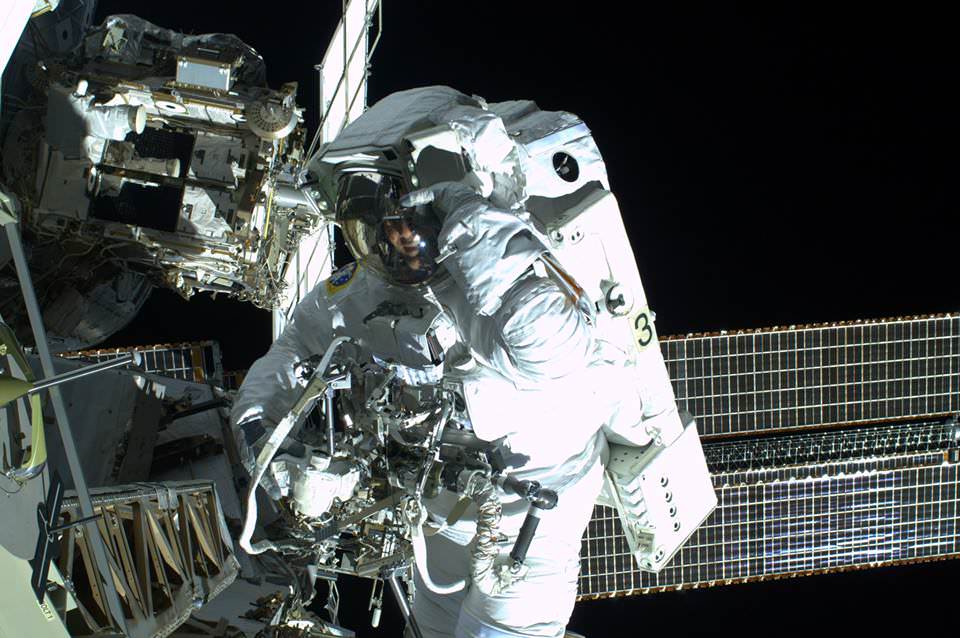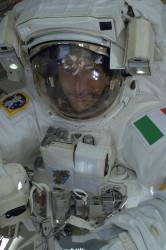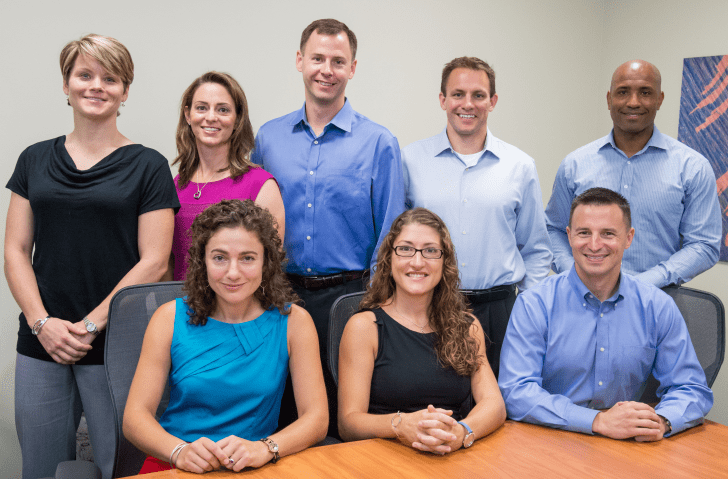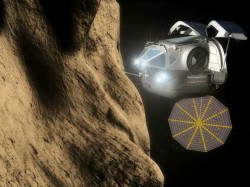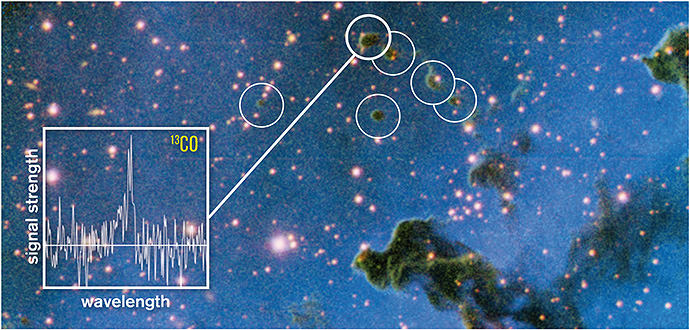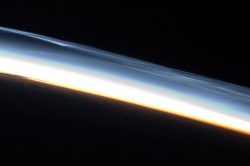A hibernating spacecraft has been called back into service. The WISE (Wide-field Infrared Survey Explorer”) spacecraft that has been sleeping in a polar orbit around Earth for two years will be turned back on next month to hunt for more potentially hazardous asteroids, and perhaps search for an asteroid that NASA could capture and explore in the future.
“The WISE mission achieved its mission’s goals and as NEOWISE extended the science even further in its survey of asteroids. NASA is now extending that record of success, which will enhance our ability to find potentially hazardous asteroids, and support the new asteroid initiative,” said John Grunsfeld, NASA’s associate administrator for science. “Reactivating WISE is an excellent example of how we are leveraging existing capabilities across the agency to achieve our goal.”
WISE originally was launched in December 2009 and scanned the entire celestial sky in infrared light about 1.5 times, searching for the coolest stars, the universe’s most luminous galaxies and some of the darkest near-Earth asteroids and comets. It captured more than 2.7 million images of objects in space, ranging from faraway galaxies to asteroids and comets close to Earth.
However, in early October 2010, after completing its prime science mission, the spacecraft ran out of the frozen coolant that keeps its instrumentation cold. But two of its four infrared cameras remained operational, which were still optimal for asteroid hunting, so NASA extended the NEOWISE portion of the WISE mission by four months, with the primary purpose of hunting for more asteroids and comets, and to finish one complete scan of the main asteroid belt.
The NEOWISE mission completed a full sweep of the main asteroid belt, and during 2010, NEOWISE observed about 158,000 rocky bodies out of approximately 600,000 known objects. Discoveries included 21 comets, more than 34,000 asteroids in the main belt between Mars and Jupiter, and 135 near-Earth objects.
“The data collected by NEOWISE two years ago have proven to be a gold mine for the discovery and characterization of the NEO population,” said Lindley Johnson, NASA’s NEOWISE program executive in Washington. “It is important that we accumulate as much of this type of data as possible while the WISE spacecraft remains a viable asset.”
Now WISE will again search for asteroids with a new extra-extended three year mission to search for more PHAs as well as suitable asteroids for future human exploration missions.
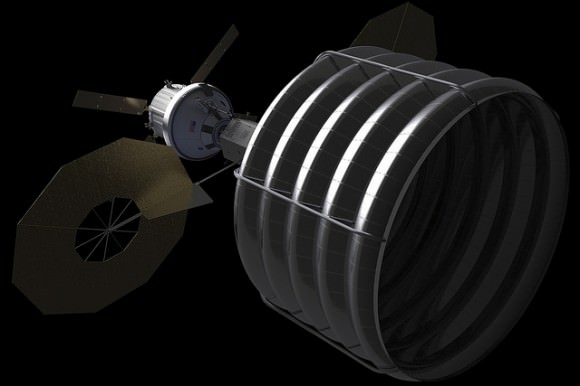
NASA said they anticipate WISE will use its 16-inch (40-centimeter) telescope and infrared cameras to discover about 150 previously unknown NEOs and characterize the size, albedo and thermal properties of about 2,000 others — including some of which could be candidates for the agency’s recently announced asteroid initiative.
“The team is ready and after a quick checkout, we’re going to hit the ground running,” said Amy Mainzer, NEOWISE principal investigator at NASA’s Jet Propulsion Laboratory in Pasadena, Calif. “NEOWISE not only gives us a better understanding of the asteroids and comets we study directly, but it will help us refine our concepts and mission operation plans for future, space-based near-Earth object cataloging missions.”
Source: NASA


